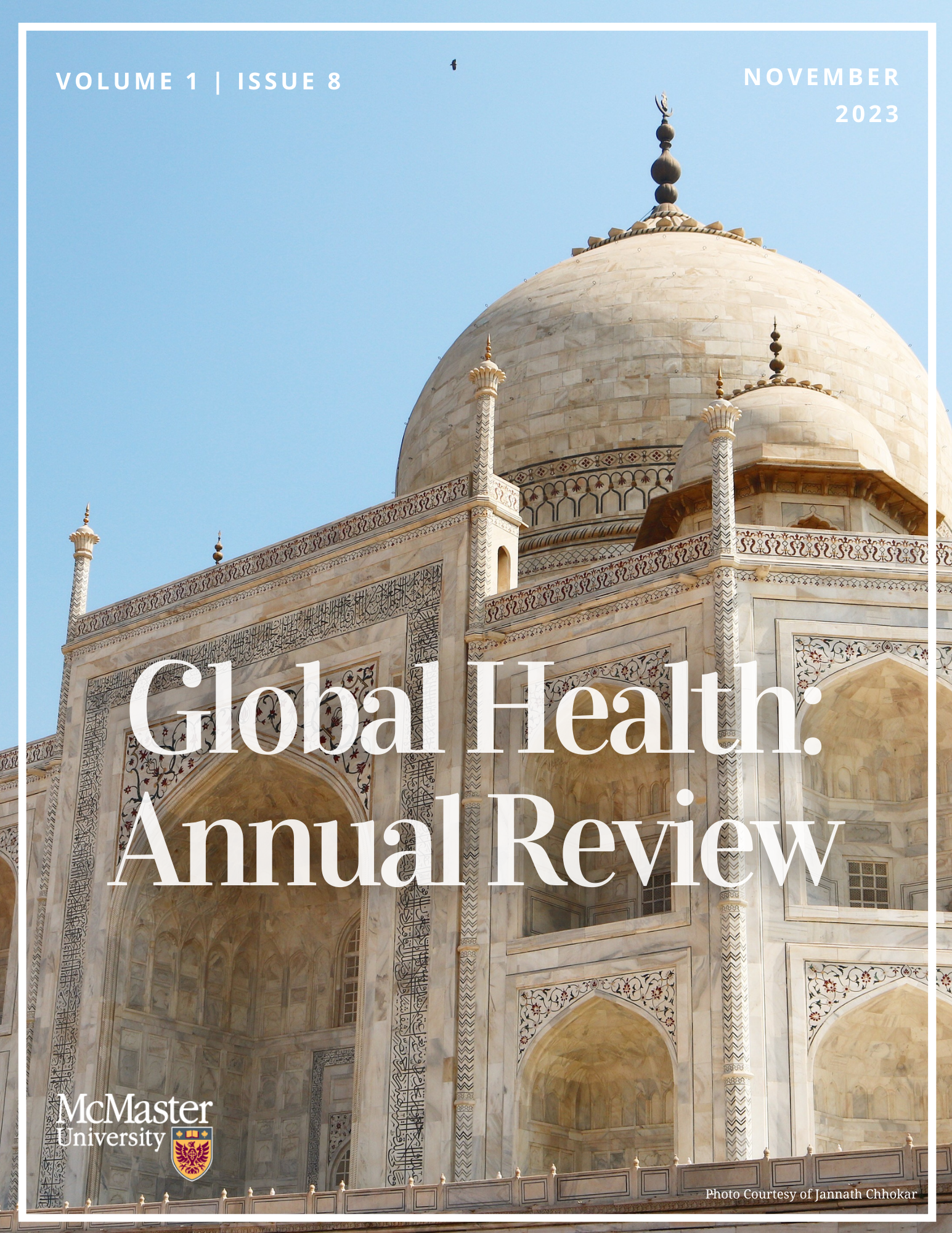Diet and Dysfunction
Iodine Intake and Thyroid Dysfunction Amongst Greenlandic Inuit
Abstract
This artwork aims to visually depict the potential association between thyroid dysfunction and the rapid dietary transition away from a traditional high-iodine diet amongst Greenlandic Inuit. Greenlandic Inuit have historically consumed foods rich in iodine, exceeding recommended levels for daily intake. However this diet has been rapidly outcompeted by a westernized diet low in iodine over recent years. This has resulted in iodine deficiency which can lead to both hypo- and hyperthyroidism. Given this, diagnostic services should be readily accessible across Greenland to mitigate the potential increase in thyroid dysfunction prevalence. This trend towards a westernized diet is not limited to Greenland, and can be seen across the circumpolar north. To visualize this issue, this artwork depicts an Arctic Char, an iodine-rich fish native to the Arctic and consumed in Greenland, contained in a prescription vial. The label on the vial is not without intention - this is a prescription label for levothyroxine, a synthetic form of thyroxine (T4), which is commonly prescribed to treat hypothyroidism. As foods rich in iodine, like this Arctic Char, continue to be replaced by westernized foods, then the need for medications like levothyroxine is subject to change.


